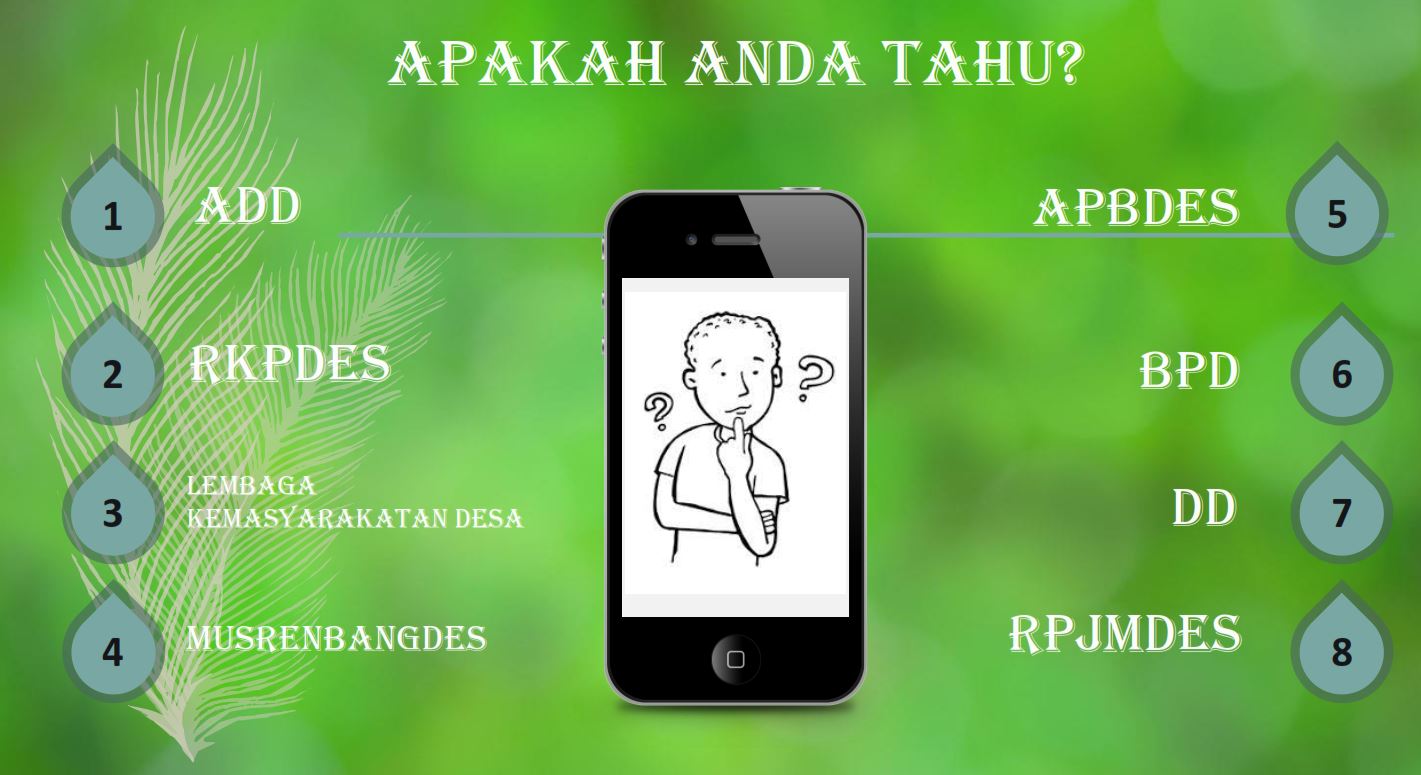The fundamental issue in the process of organizing village governance is how to build or create a governance mechanism that can fulfill its mission in realizing a prosperous society fairly. Therefore, village governments, in carrying out development, must be based on the aspirations of the community and provide public services to the best of their abilities. The village government, as the closest government institution to the community, its legal position and status, as regulated in Law Number 6 of 2014 concerning Villages, has implications for changing the village’s relationship with power relations among political forces at the village level, as well as the community within it.
The shift towards a more democratic interaction can be seen from several phenomena, including: (1) The dominance of the bureaucratic role has shifted, replaced by the strengthening of the role of customary institutions in the daily governance; (2) The spirit of adopting delegative-liberative democracy is quite significant in the new law, where the Village Consultative Body plays a role as a custodian of customs and traditions, collaborates with the Village Head in creating Village Regulations, accommodates and channels community aspirations, and supervises the implementation of village governance; and (3) the spirit of community participation is highly emphasized, meaning that the political, governance, and development processes in the village are not evenly distributed.
Community participation is the order of the community members in development, involving activities in planning and implementation of development programs/projects carried out within the local community. Participation or community involvement in (rural) development is the actualization of the willingness and ability of community members to sacrifice and coordinate in the implementation of programs/projects. This is based on the fact that village fund budgets are substantial, and should be known by the wider public, so that development focuses on the community’s desires. In this regard, increasing community participation is necessary to support the implementation of development programs and community empowerment in the village.
Rural communities are not development projects. However, looking back, from the planning stage of development, using a bottom-up approach, it turns out that the aspirations of rural communities are not often heard. This indicates that community involvement in the development process only reaches the planning stage, which even at that stage, many steps are not well implemented, hence, this implementation pattern can be criticized for having many weaknesses. For example, community participation as beneficiaries is very weak, the results of various coordination forums at lower levels (village) are sometimes disregarded by higher levels of government. Planning mechanisms starting from village development planning meetings are merely recording community needs, rather than being a participatory planning process.
To provide a deeper understanding, we will study together about our respective villages and communities.
Module I
Do you already know what a village means? Have you ever read Law Number 6 of 2014 concerning Villages? How much do you know about your village?
Please study first the Law Number 6 of 2014 concerning Villages.
Assignment I
After carefully reading Law Number 6 of 2014 concerning Villages, we will assign a task to look for terms found in the Village Law, which are common in your villages. Here are the terms:
To start the task, follow these steps:
- Divide the participants into 4 (four) groups.
- {{





0 Komentar
Tinggalkan Balasan